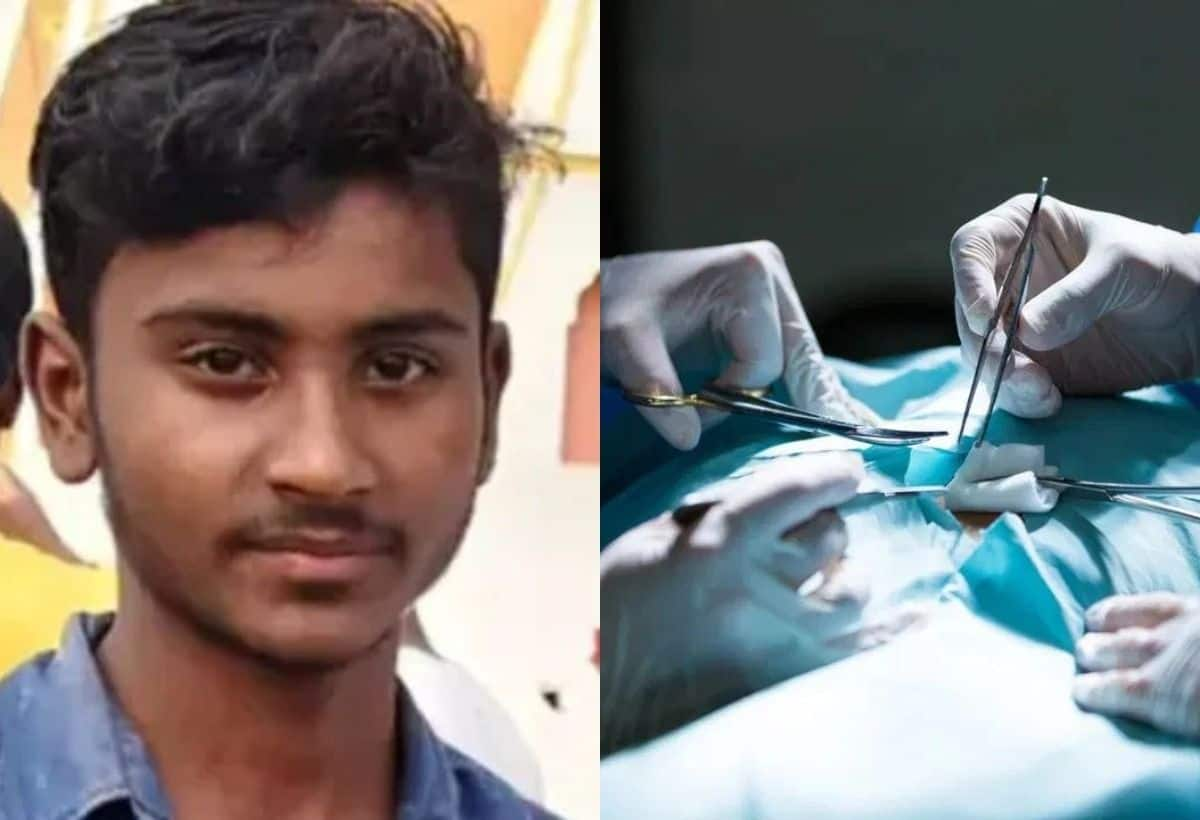Tragic Case of Medical Negligence: Quack Doctor Blamed for Child’s Death in Bihar
In a shocking incident from the Saran district of Bihar, a 15-year-old boy tragically lost his life due to the negligence of a quack doctor, whose unauthorized medical practices have raised alarming concerns regarding healthcare standards in the region. The boy, identified as Golu or Krishna Kumar, was reportedly subjected to an operation for gallbladder stones without any formal medical training.
Background of the Incident
The distressing event unfolded in Madhaura village of Saran district. Golu’s family had sought medical help after he started experiencing severe stomach pain. They took him to a private clinic located in Dharmabagi market, expecting professional care. However, the situation took a disastrous turn when the so-called doctor, identified as Ajit Kumar, conducted surgery after watching instructional videos on YouTube.
Details of the Operation
In a harrowing account shared by the family, Golu’s grandfather, Prahlad Prasad, described the moment he discovered the unauthorized operation. He expressed his disbelief, stating, “The doctor had sent me to fetch diesel while my wife remained with Golu. Upon my return, I witnessed the doctor performing surgery on my grandson, having not sought our permission or informed us beforehand.”
Aftermath and Community Reaction
The news of Golu’s death on the way to a Patna hospital has incited anger among local residents and Golu’s family. They are demanding justice for what they believe to be gross medical misconduct. Following the family’s report, local authorities took action against Ajit Kumar, arresting him in Gopalganj district. The police have registered a case under Section 105 BNS, which pertains to unauthorized medical practices.
Legal Proceedings and Next Steps
The tragic event highlights the urgent need for stricter regulations regarding medical practices in rural areas, where access to qualified healthcare professionals remains limited. After a post-mortem examination, Golu’s body was handed over to his family for the last rites, amidst an uproar in the community calling for accountability and stringent measures against similar incidents in the future.
Conclusion
As this case unfolds, it serves as a grave reminder of the potential dangers posed by unqualified practitioners posing as medical professionals. The community’s calls for reform could lead to heightened awareness and preventive measures against medical malpractice in the future, ensuring that no other family endures a similar heartbreak.












